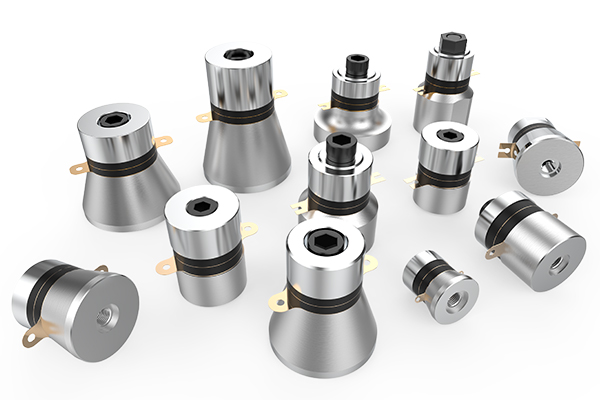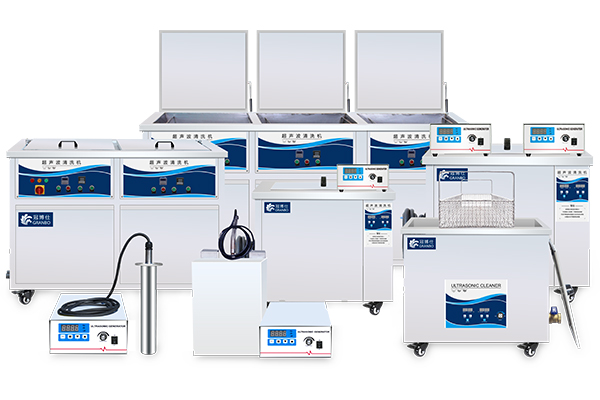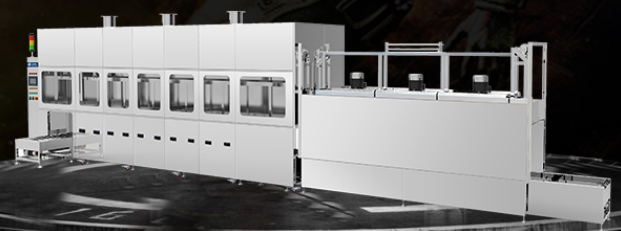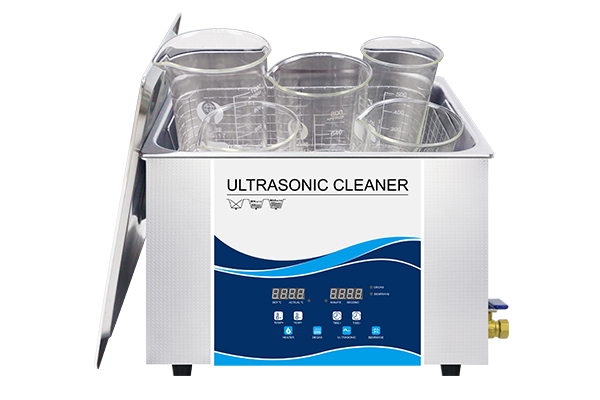In the biomedical field, cleaning equipment and instruments requires extremely high standards to achieve sterility while preserving delicate structures. Ultrasonic cleaning, with its advantages of high efficiency, depth, and non-damaging cleaning, has become an essential tool for cleaning biomedical equipment. So, which biomedical devices are suitable for ultrasonic cleaning? Let’s explore.
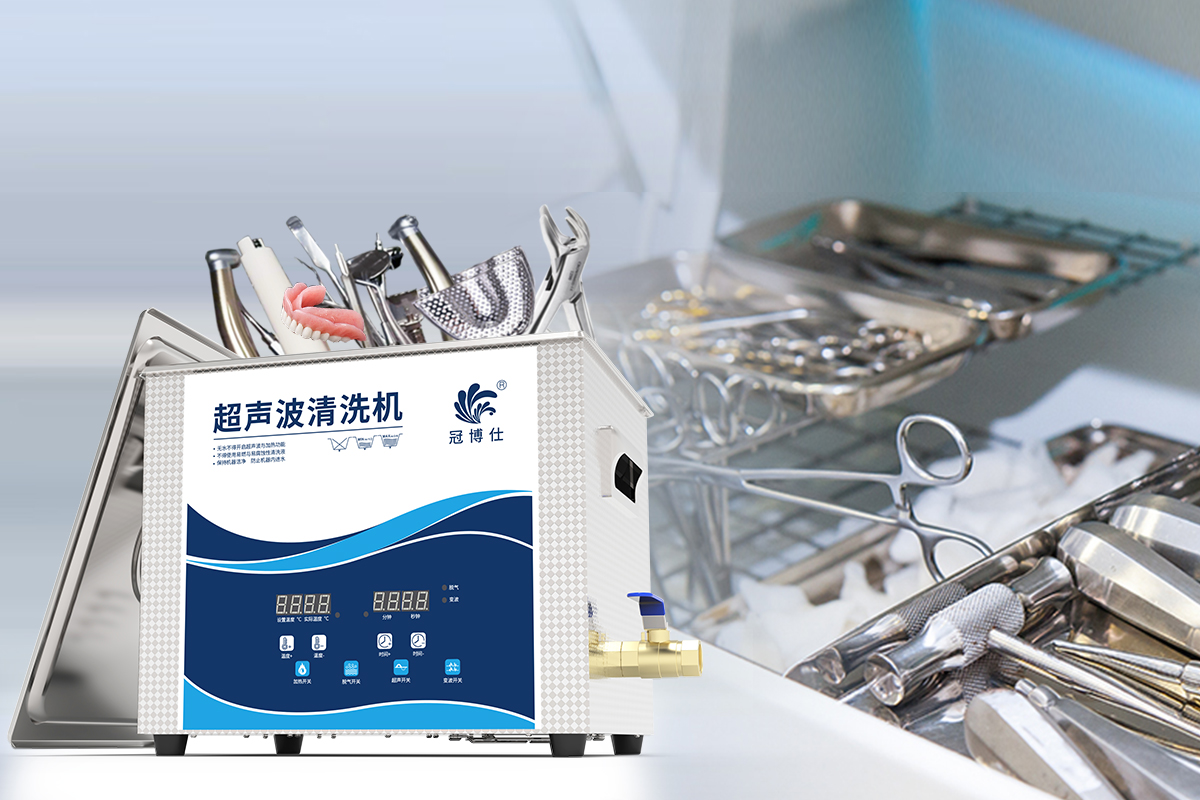
1. Biomedical Equipment Suitable for Ultrasonic Cleaning
1.1 Surgical Instruments
Common tools such as scalpels, tweezers, scissors, and needles become contaminated with blood and bodily fluids after use. These residues are not only difficult to remove manually but may also foster pathogens. Ultrasonic cleaning can quickly reach crevices and holes in instruments, effectively removing stubborn contaminants.
1.2 Medical Catheters and Tubing
Devices like endotracheal tubes, infusion tubes, and suction tubes have narrow internal diameters, making thorough manual cleaning nearly impossible. The cavitation effect of ultrasonic cleaning removes biofilms and deposits from the inner walls of the tubes, ensuring sterility.
1.3 Artificial Implants
Items such as bone screws and joint prostheses require strict cleaning and sterilization before implantation. Ultrasonic cleaning can effectively remove production residues and contaminants from the surface without damaging delicate coatings.
1.4 Laboratory Medical Equipment
Petri dishes, test tubes, and centrifuge tubes often come into frequent contact with chemical reagents and biological samples, leaving difficult-to-clean residues. Ultrasonic cleaning efficiently removes these residues, ensuring safe reuse of laboratory equipment.
1.5 Medical Glassware
Items like infusion bottles, medicine bottles, and syringes can be cleaned using ultrasonic cleaning to remove fine particles and contaminants, enhancing the cleanliness of glassware.
1.6 Precision Diagnostic Equipment Components
Devices like endoscope lenses, miniature surgical instruments, and stethoscope parts demand exceptionally high cleaning precision. Ultrasonic cleaning ensures thorough cleaning while avoiding damage caused by chemical cleaners or improper handling.
2. Advantages of Ultrasonic Cleaning
2.1 Non-Damaging Cleaning
For delicate medical equipment, the gentle vibrations of ultrasonic cleaning can remove contaminants without damaging the surfaces or internal structures of instruments.
2.2 Reaches Inaccessible Areas
Ultrasonic cleaning fluid penetrates into tiny crevices and complex structures of equipment, removing dirt from areas that are difficult to clean manually.
2.3 Highly Efficient
Multiple devices can be cleaned simultaneously, with the process typically taking only a few minutes, significantly saving time.
2.4 Reduces Cross-Contamination
Ultrasonic cleaning machines do not require direct contact with equipment, preventing cross-contamination caused by manual handling errors and ensuring the safety of medical instruments.
2.5 Compatible with Various Cleaning Solutions
Depending on cleaning needs, neutral, mild alkaline, or enzymatic cleaning solutions can be used with ultrasonic cleaning to improve the removal of organic contaminants.
3. Precautions for Using Ultrasonic Cleaning on Medical Equipment
3.1 Choosing the Cleaning Solution
For cleaning medical instruments, it is recommended to use specialized medical enzymatic or neutral cleaning solutions to ensure non-corrosiveness to the instruments.
3.2 Controlling Cleaning Temperature
Since medical equipment often involves precision instruments, it is advised to maintain the cleaning solution at a temperature of 40-50°C to avoid adverse effects on materials (some cleaning solutions have specific recommended temperatures; always check usage instructions).
3.3 Immediate Post-Cleaning Handling
After cleaning, promptly rinse the instruments with pure or deionized water to remove any residual cleaning solution, then proceed with sterilization or drying.
3.4 Categorized Cleaning
Sort equipment by material, structure, and purpose for cleaning to prevent compromised cleaning results or equipment damage due to differing requirements.
4. Importance of Ultrasonic Cleaning in the Medical Field
The complexity and high standards of modern medical equipment make ultrasonic cleaning an indispensable cleaning technology. Whether for routine surgical instruments or advanced diagnostic devices, ultrasonic cleaning meets the demands for efficiency, precision, and environmental safety. By properly utilizing ultrasonic cleaning equipment, healthcare institutions can improve cleaning quality, reduce infection risks, and provide safer and more reliable medical services for patients.

